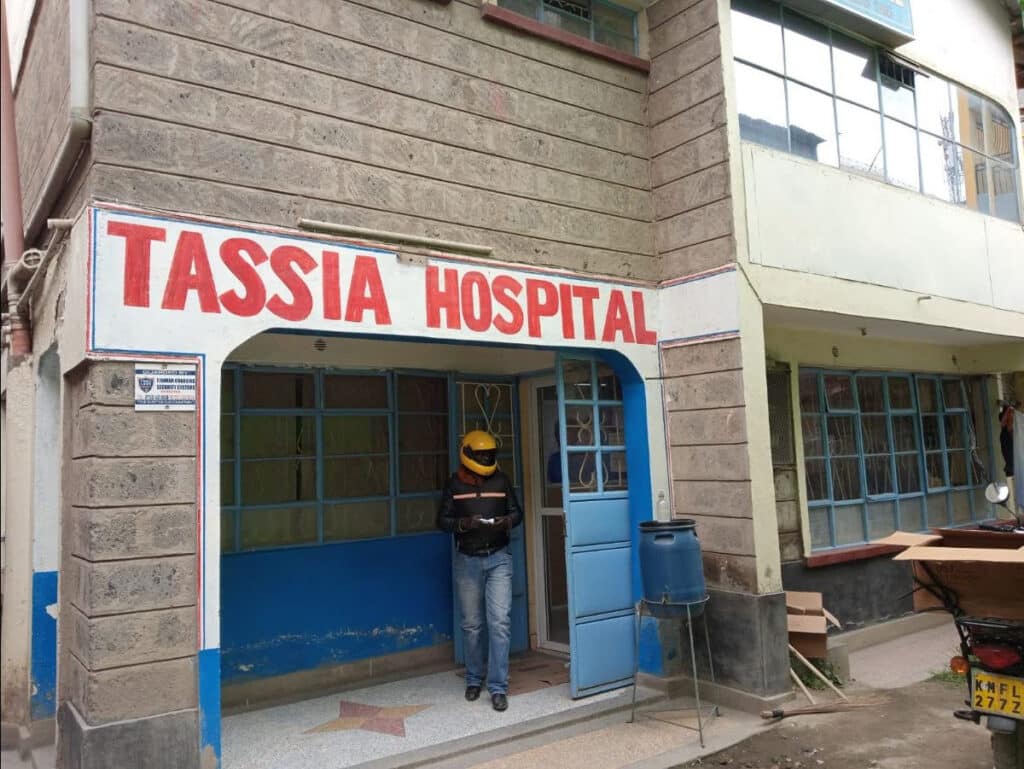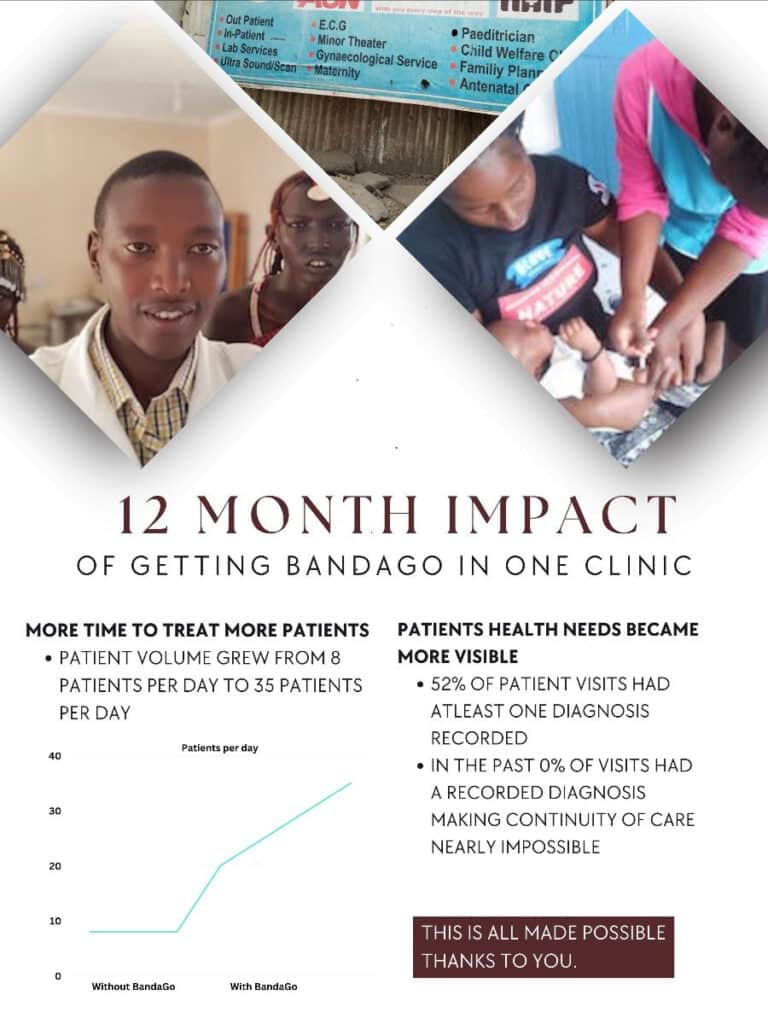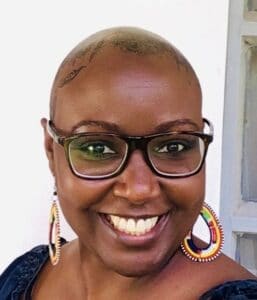Can a medical clinic in a slum or in a remote village really provide good healthcare?
By Kinya Kaunjuga

In reality, medical doctors are often absent from clinics within slums, remote rural villages, and informal settlements. This absence stems from the inability of residents in these areas to afford the normal fees charged by doctors for their services. Consequently, this void is filled by clinical officers, nurses, and pharmacists who establish and manage modest makeshift setups to offer fundamental primary healthcare.

Our software is meticulously tailored to cater to these types of clinics and their patients. Notably, our approach encompasses an all-around feedback mechanism, guiding the creation and design of every improved facet of BandaGo. The intention behind this approach is that one day we will help to ensure that these doctor-less clinics are equipped to provide treatment at par with a doctor’s presence. And that every feature of the system is a useful tool to them.

As our software becomes an integral part of these clinics, it takes on the role of a partner, aiding in inventory management, financial accounting, and, as of a year ago, the capture of diagnosis codes to use in public health government reporting. Anticipating its further utility, we envision it aiding in more precise diagnosis, more accurate prescriptions, and devising follow-up care regimens encompassing areas such as HIV and tuberculosis management, chronic illness management, prenatal and antenatal care, and child immunization tracking and reporting.
The capability to swiftly display a patient’s complete medical history on a laptop, as opposed to rifling through paper records, has a profound impact on enhancing healthcare in resource-poor clinics situated in underserved areas.

In November 2021, we set a goal to reach 100 low-resource clinics by the end of 2023.
As of September 2023, there are now 82 clinics successfully using BandaGo as their choice of a clinic management system.

You can empower more low-resource medical clinics with technology.
$5000 helps us improve BandaGo and get it into one more clinic!

Kinya Kaunjuga
Kinya brings passion, an infectious laugh and 15 years of experience in the corporate and non-profit world to Banda Health. A Texas A&M alumni with a degree in Journalism and Economics, she says, "I love doing things that matter!"

